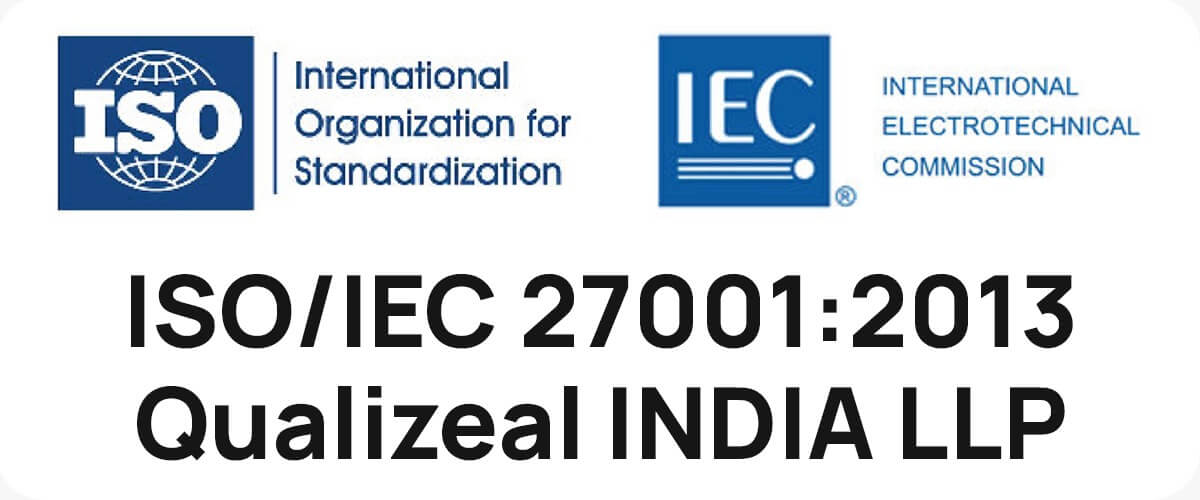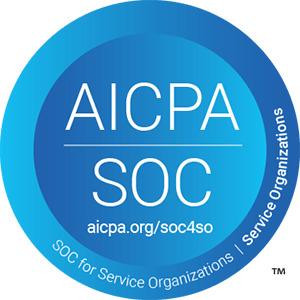Tips for Creating the Ultimate Test Automation Strategy

In today’s fast-paced software development environment, test automation is no longer a nice-to-have but a necessity for businesses to remain competitive.
According to a recent report by MarketsandMarkets, the test automation market is expected to reach $28.8 billion by 2024, growing at a CAGR of 18.0% from 2019 to 2024.
However, creating a successful test automation strategy can be challenging, with many factors to consider, from selecting the right tools to implementing best practices. That’s why we’ve put together this blog to help you create the ultimate test automation strategy that will elevate your game and help you achieve your business goals.

Transforming Quality Assurance with Expert Test Automation Solutions
Creating the ultimate test automation strategy requires a comprehensive approach that starts with defining the testing goals and objectives, identifying the testing requirements and constraints, and selecting the appropriate testing tools and frameworks. The process should also involve identifying the test scenarios and cases, determining the test data and environment, and defining the test execution and reporting criteria. Additionally, it is essential to establish the roles and responsibilities of the team members, create a test automation roadmap, and establish a continuous feedback loop to monitor the progress and make improvements.
To create the ultimate test automation strategy, it is crucial to involve all stakeholders, including developers, testers, project managers, and business analysts, in the process. This ensures that everyone has a shared understanding of the testing goals and requirements, and the resulting automation solution aligns with the overall project objectives. Once the strategy is established, it is important to continuously review and refine it to adapt to changing business and technology needs. Ultimately, a well-designed test automation strategy can help to reduce testing time and costs, improve test coverage and accuracy, and deliver high-quality software products that meet customer expectations.
To create the ultimate test automation strategy, organizations can follow these eight detailed pointers:
⦁ Define clear testing goals and objectives: The first step in creating an effective test automation strategy is to define clear testing goals and objectives. This includes identifying what aspects of the application will be automated and what testing outcomes need to be achieved.
⦁ Identify the right testing tools and frameworks: Organizations should select the right testing tools and frameworks that align with their testing objectives and requirements. This could include open-source or commercial tools depending on the organization’s budget and project needs.
⦁ Determine the testing scope and scenarios: It is important to determine the testing scope and scenarios to be automated. This includes identifying the critical areas of the application that require testing, defining the testing scenarios, and prioritizing the testing activities.
⦁ Establish test data and environment: Test data and environment are critical components of any test automation strategy. Organizations must ensure that they have the appropriate test data and environment in place to perform comprehensive testing.
⦁ Create a test automation roadmap: Creating a test automation roadmap helps organizations to plan and execute their test automation activities effectively. It also helps to keep the team focused on the overall goals and objectives.
⦁ Establish a continuous feedback loop: Continuous feedback loops are important in any test automation strategy. They help to monitor the progress of the testing activities, identify areas for improvement, and make adjustments as needed.
⦁ Define roles and responsibilities: Defining roles and responsibilities helps to ensure that everyone on the team knows what is expected of them. This includes identifying who will be responsible for creating and maintaining the test scripts, executing the tests, and analyzing the results.
⦁ Integrate test automation into the development process: Organizations should integrate test automation into their development process. This includes creating a testing framework that can be easily integrated into the CI/CD pipeline and working with developers to ensure that tests are executed as part of the development process.
By following these eight pointers, organizations can create a robust and effective test automation strategy that ensures the delivery of high-quality software products that meet customer expectations.

Achieve Testing Success with QualiZeal: Your Trusted Testing Partner
While following the pointers mentioned above can help organizations create an effective test automation strategy, partnering with an experienced and reliable testing services provider can further enhance the quality of their testing efforts. This is where QualiZeal comes in.
QualiZeal is a leading provider of software testing and quality assurance services with extensive expertise in test automation. Our USP lies in our ability to deliver comprehensive testing solutions that are tailored to meet our clients’ unique testing needs. We use the latest testing tools and technologies to ensure that our clients’ applications are thoroughly tested, and any defects or issues are identified and resolved before they affect end-users.
Our expertise lies in creating customized test automation frameworks that integrate seamlessly with our clients’ development process, enabling faster time-to-market and better ROI. We use a wide range of industry-standard testing tools, including Selenium, Appium, and JMeter, to name a few, to ensure that our clients’ applications are tested across various platforms and devices.
QualiZeal’s approach to test automation is based on a well-defined testing process that involves:
- Requirement gathering and analysis: Our team works closely with clients to understand their testing requirements and define the testing objectives.
- Test planning and design: We create a detailed test plan and design the test cases and scripts based on the testing objectives and requirements.
- Test execution and reporting: We execute the test cases and scripts, analyze the test results, and generate reports that provide insights into the application’s performance.
- Continuous improvement: We work with clients to identify areas for improvement and refine the testing process based on the feedback received.
By partnering with QualiZeal, organizations can:
- Reduce testing time and costs: Our test automation solutions enable faster testing and help to reduce overall testing costs.
- Improve test coverage and accuracy: Our automated testing solutions ensure comprehensive testing, thus improving the overall test coverage and accuracy.
- Deliver high-quality software products: Our testing services ensure that applications are thoroughly tested, and any defects or issues are identified and resolved before they impact end-users.
In conclusion, creating the ultimate test automation strategy requires a comprehensive approach that involves defining clear testing objectives, selecting the right testing tools and frameworks, and integrating test automation into the development process. Partnering with QualiZeal, an experienced and reliable testing services provider, can further enhance the quality of testing efforts and help organizations achieve their testing goals. With our expertise in test automation and our commitment to delivering comprehensive testing solutions, we can help organizations deliver high-quality software products that meet customer expectations.












